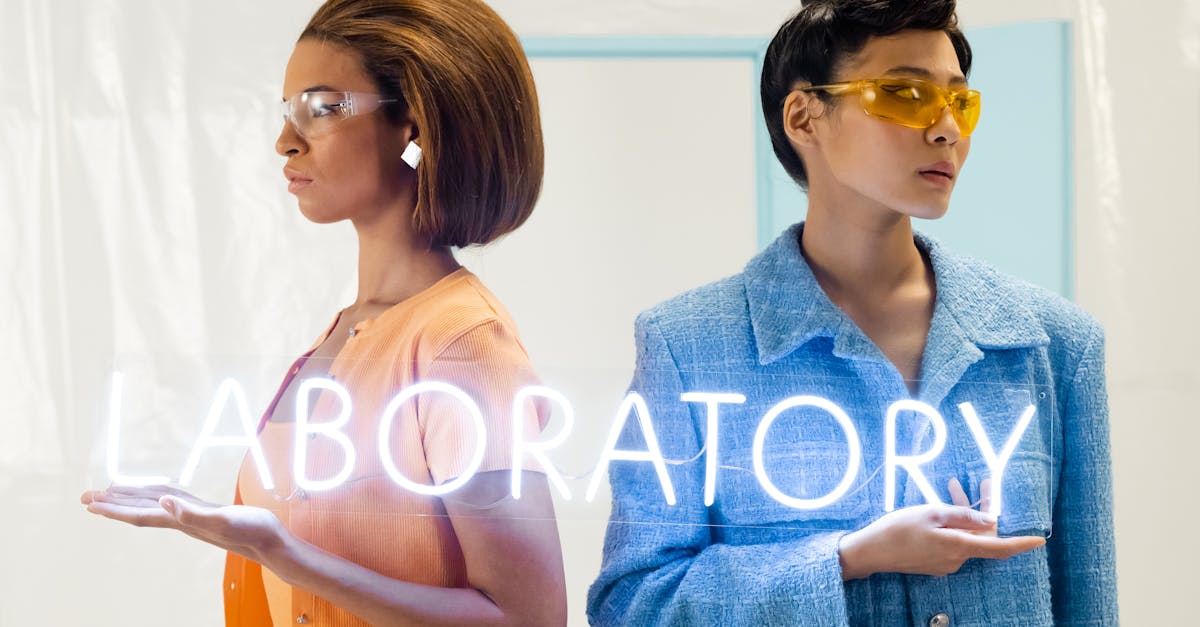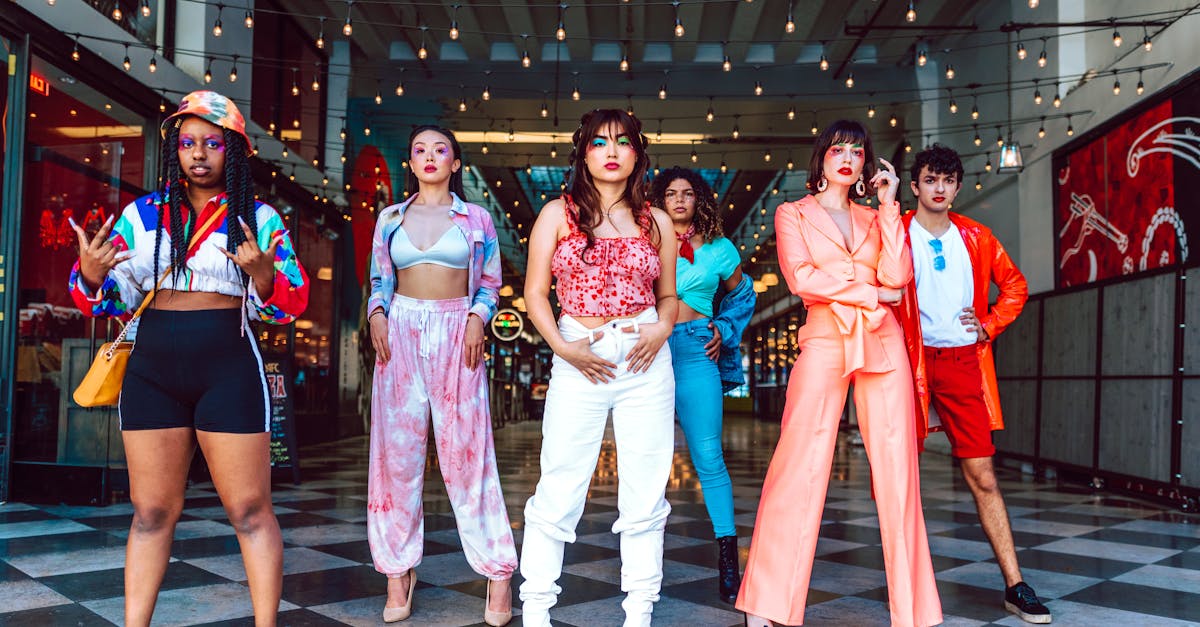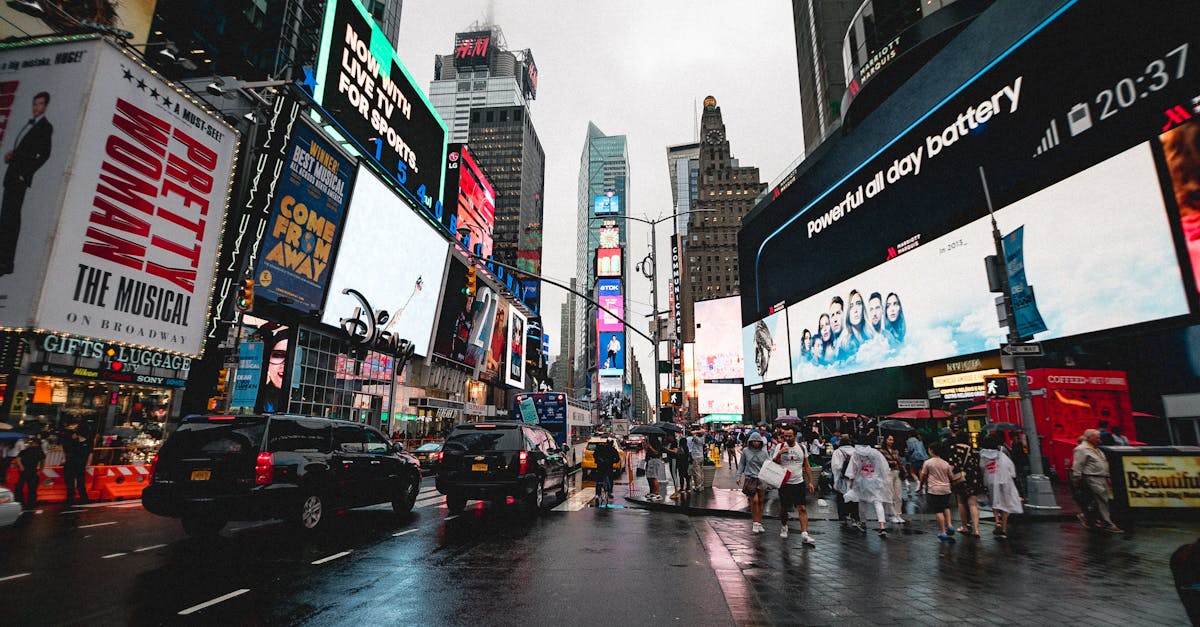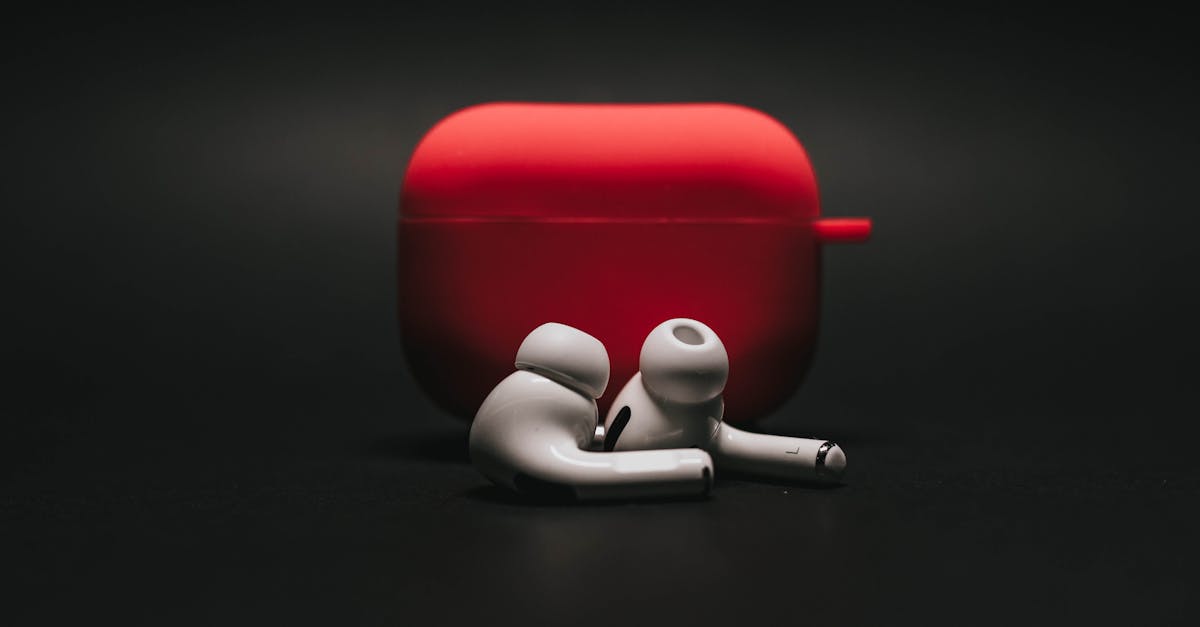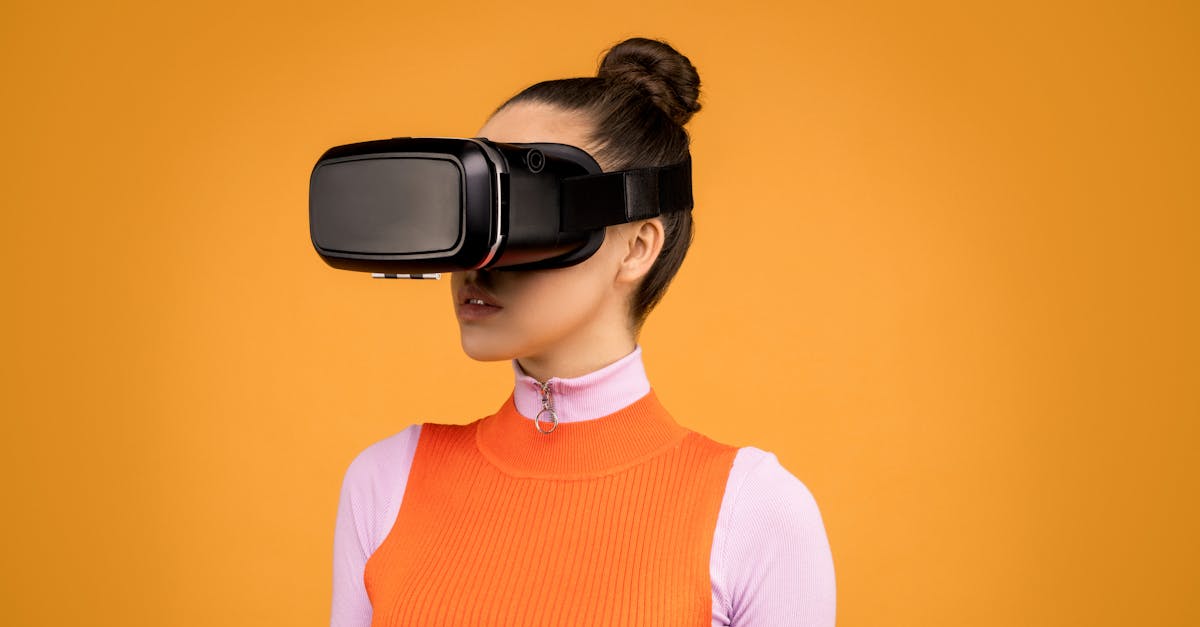Embracing 2030 Fashion Future Trends
Introduction
As the world rapidly advances, so does the fashion industry, with 2030 promising to be an exciting decade for style enthusiasts. This era will see unique blends of scientific innovation, art, and culture, heralding in stylish trends that reflect the zeitgeist of a technologically-advanced society. From eco-conscious materials to digitally-augmented clothes, fashion will not only become more sustainable but also more interactive. Bringing personalization to the forefront, brands will harness technology to cater to individualistic style statements. As influencers of change, Gen Z and millennials will drive these trends, advocating for diversity, inclusivity, and responsibility in fashion. Let's explore what the future holds for fashion in 2030.
Advertisement
Technology Shaping Fashion
The digital revolution goes beyond smartphones and has started dictating how our clothes are made, bought, and experienced. The seamless integration of AI and machine learning in fashion will drive customization like never before. Smart textiles will allow for clothing that adapts to temperature changes or monitors health conditions in real-time. Augmented reality (AR) fitting rooms will eliminate size confusion, allowing customers to try virtual outfits before purchasing. 3D printing technology may also make bespoke clothes an everyday affair, drastically reducing manufacturing carbon footprints. Fashion brands will harness AI to predict trends and create garments catering to specific consumer desires. With such advancements, technology transforms fashion from static style statements to dynamic experiences.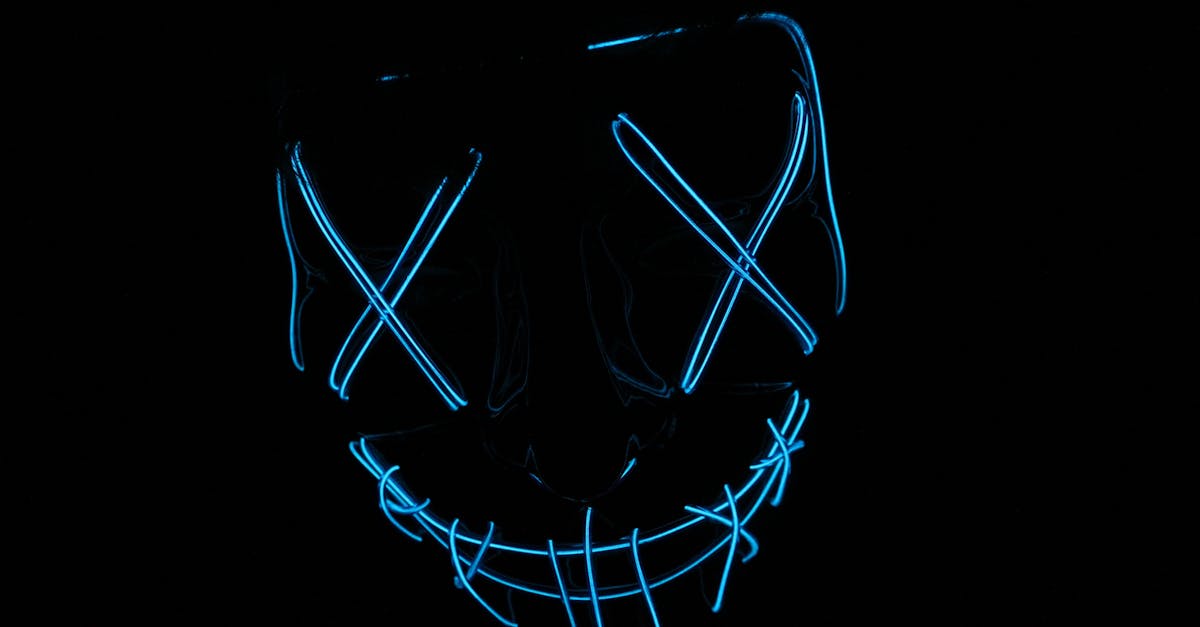
Advertisement
Sustainable Fashion Takes Priority
The ongoing climate crisis demands urgent action, and the fashion industry is pivotal in driving sustainability. By 2030, expect a significant shift towards eco-friendly fashion, as consumers push for ethical and sustainable practices. Innovations in material sciences will see the rise of biodegradable and recycled materials, completely eliminating waste. Resource-efficient production methods like zero-waste pattern cutting will become industry staples, dramatically reducing textile waste. Slow fashion will gain momentum as consumers choose quality and longevity over fast and disposable trends. Collaborations with environmental activists and non-profits will further solidify sustainability, making eco-conscious fashion a norm rather than a niche.
Advertisement
Personalization Becomes Pervasive
Personalization is another major trend on the fashion horizon, with brands focusing on creating a unique consumer experience. By collecting data on fashion preferences, body measurements, and shopping habits, brands will offer styles tailored to individual tastes. Virtual stylists will recommend entire wardrobes based on personalized AI algorithms, ensuring every purchase aligns perfectly with the buyer's style. Digital platforms will facilitate co-design opportunities, enabling customers to be a part of the design process. This democratization of fashion paves the way for consumers to have a stronger sense of ownership and identity in their style choices. With personalization, fashion becomes not just about clothes but about self-expression.
Advertisement
Virtual Fashion on the Rise
In the age of digital reality, virtual fashion emerges as an enthralling trend marking 2030. In major digital spaces like video games and social media platforms, where identity and aesthetics blend seamlessly, consumers will invest in virtual clothing and accessories. Non-fungible tokens (NFTs) will allow fashionistas to own rare, one-of-a-kind virtual outfits that hold real-world value. Designers will begin crafting exclusive virtual-only collections that showcase their creativity unhindered by material limitations. The luxury sector will also dive into the virtual waters, offering augmented reality experiences and fashion shows that customers can attend from anywhere. As virtual realms blend with physical, virtual fashion becomes an integral part of how we express ourselves online.
Advertisement
Diversity Drives Fashion Forward
A long-overdue revolution, diversity and inclusion will finally be at the heart of fashion by 2030. The industry is set to embrace all body types, races, genders, and identities, reflecting their presence in campaigns and designer collections alike. Adaptive fashion, designed for people with disabilities, will see remarkable growth, combining style with practicality. Community-driven brands will emerge, reflecting the unique needs and desires of a broad consumer base. The rise of influencer culture will further democratize fashion, with grassroots movements challenging industry norms and biases. Diversity will no longer be just a consideration but a cornerstone of fashion, fostering creativity, acceptance, and representation.
Advertisement
Collaborative Fashion Ecosystem
A new collaborative mindset will define the 2030 fashion landscape, where brands, consumers, and technology interact in a seamless ecosystem. Fashion houses will forge alliances with tech companies, educational institutions, and environmental groups to innovate and drive positive change. Pop-up events, blending art and technology, will invite consumers to experience the creative journey firsthand. Co-creation platforms will allow budding designers to work alongside renowned fashion gurus, democratizing the industry for fresh talent. Through collaborations, the barriers between creators and consumers will blur, leading to new opportunities, ideas, and trends.
Advertisement
Enhanced Fashion Experiences
Shopping experiences will be reimagined, transcending traditional brick-and-mortar stores. By 2030, physical retail will transform into experiential hubs where technology, art, and fashion converge. RFID-enabled clothing will create interactive displays, providing customers with real-time information about fabric origins, care instructions, and styling tips. Augmented reality mirrors will bring a virtual catwalk to dressing rooms, letting buyers see their outfits in various settings. Interactive installations and digital art will enhance retail spaces, turning shopping into engaging multisensory experiences. This fusion of physical and digital realms creates not just a purchase journey but a memorable encounter with fashion.
Advertisement
Art and Culture Influence Fashion
Fashion in 2030 will be more about the convergence of art, culture, and style, challenging traditional norms and redefining aesthetics. Collaborations between artists, designers, and cultural icons will yield collections that tell compelling stories. Streetwear, an ever-growing influence, will continue to blend societal trends with historical and subcultural themes, drawing inspiration from diverse communities. Fashion will increasingly reflect global interconnectedness, exploring traditional textiles and techniques from around the world. Art-inspired garments will blur the line between canvas and pose, while fashion shows evolve into artistic performances. As art and culture influence fashion narratives, it allows for the creation of garments that are not just worn but experienced.
Advertisement
Conclusion
The fashion industry of 2030 will be a tapestry woven from threads of innovation, culture, and responsibility. While technology will redefine personalization and drive sustainable practices, diversity and inclusion will ensure representation across all spectrums. The boundaries between virtual and physical will continue to dissolve, creating versatile fashion experiences that are both personalized and immersive. As art and culture play a greater role in shaping fashion, they provide opportunities for storytelling and self-expression as never before. Ultimately, as we journey into the future, fashion will not just mirror society but actively participate in shaping it, fostering a more inclusive, sustainable, and vibrant world.
Advertisement
